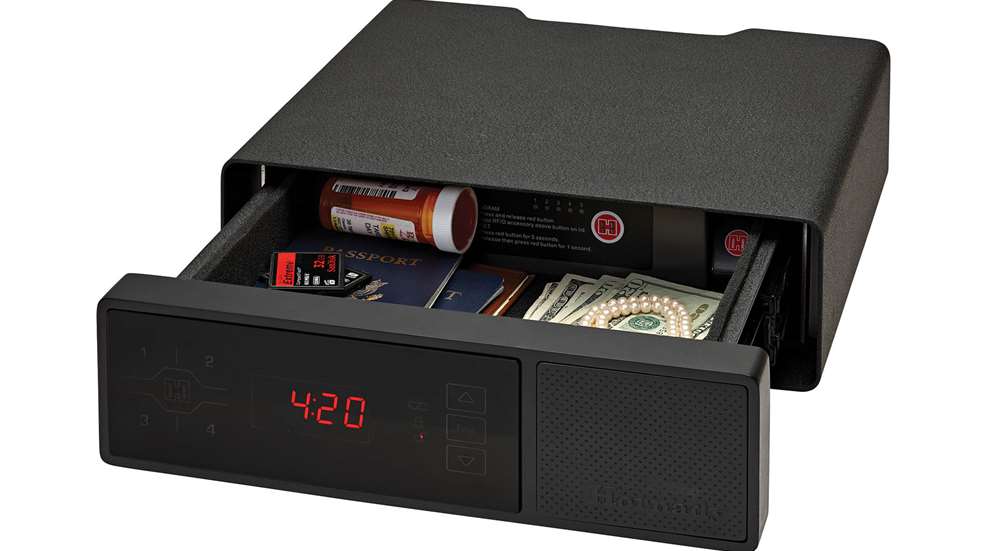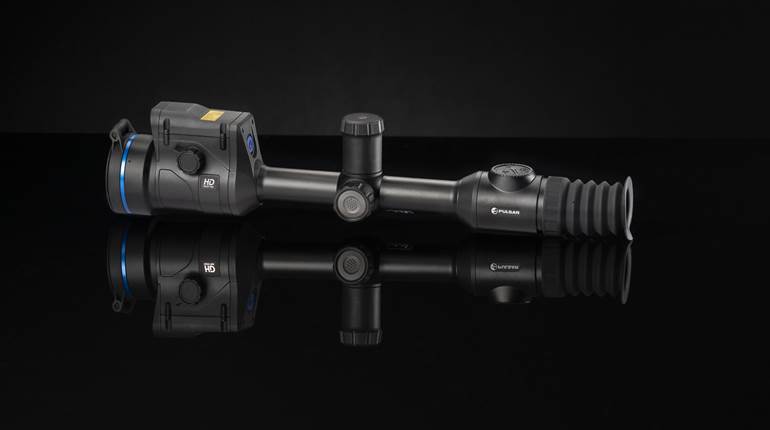
In mid-May, Winchester Safes broke attendance records during its two-day Semi-Annual Warehouse Sale at its Mansfield, Texas, headquarters. Admittedly, the exclusive, limited-time offers and free shrimp and crawfish on Saturday were major attractions, but they weren’t the only reasons for the heavy weekend turnout.
Firearms sales have slowed from that scalding COVID-19-era pace, but safe sales continue to climb. Econ Market Research estimates that corner of the industry will experience a compound annual growth rate of 5.2 percent until 2032. “With increasing concerns about gun safety and regulatory requirements, the demand for high-quality gun safes has been steadily rising,” its report explains. “This market includes various types of safes, including biometric, electronic, mechanical, and combination locks, catering to the diverse needs and preferences of firearm owners.”
Verified Market Research concurs. It estimates the gun safe market stood at $3.88 billion in 2024 and projects that, by 2031, it will grow to $6.11 billion.
There are a variety of factors fueling the demand. Burglary rates, mandatory storage regulations in some regions and skyrocketing value of some firearms are noted by both firms.
Seth Swerczek, marketing communications manager at Hornady Manufacturing, confirmed the sales growth, but notes there are two more catalysts at play. “The firearm storage segment has seen recent increases for a few reasons,” he wrote in an e-mail to American Rifleman. “I hope that one of those reasons is simply education. Another factor is that, through the COVID years, we saw a dramatic rise in new gun owners. With those new gun owners, there was a corresponding increase in firearm secure storage options.”
The National Shooting Sports Foundation’s Gun Storage Check Week earlier this month is one of the many examples of the industry’s education efforts. It’s had a positive impact, but there’s another factor—clever designs that combine modern features tailored to address individual needs and unencumbered access.
A frequent secure-storage concern is any delay in access should the owner become the target of a life-threatening home invasion. Manufacturers have remedied the problem in an elegant manner by employing biometric and/or RFID access that’s lightning-fast and intuitive, even when under stress.
Hornady’s RAPID Safe Night Guard is a good example. It offers owners access through an RFID reader—the go-to method for most that offers the quickest access. It also provides a user-programmed access code, as well as a mechanical key. AC power operation, battery backup, two USB-A ports for charging smartphone and other devices and more makes it a solid bedstand companion.
There are others with similar features on the market, but when we asked Swerczek why it was so popular, he explained, “By utilizing RFID technology, we offer the owner a way to get quick, easy access to the contents of the safe, but still being incredibly secure against unauthorized users. This convenient feature has been a favorite of our customers. The fact that you can have multiple RFID enabled products all programmed to an individual opener just adds to the convenience.”
There’s no telling what new technology manufacturers will harness in future safes. Their ability to eliminate reasons for not owning and using one is the biggest reason the growth in gun safe sales shows no signs of slowing anytime soon.




































